The crisp silence of a frozen lake is broken only by the rhythmic scraping of an auger biting into thick ice. Ice fishing, a tradition as old as winter itself, begins with this fundamental act – drilling through nature's icy barrier to access the world beneath. For modern practitioners, this isn't merely about survival but a communion with elemental forces, where technology meets primal instinct in subzero temperatures.
Across northern latitudes from Minnesota to Mongolia, the ritual varies little in essence though equipment has evolved dramatically. What began with stone tools and fire has transformed into specialized power augers capable of cutting through three feet of ice in under thirty seconds. Yet some purists still prefer the manual spiral auger, valuing the physical connection to the process. "You feel every inch of resistance," explains Norwegian guide Lars Johansen, his breath forming clouds in the -20°C air. "The ice tells you its story through vibrations in the metal."
Safety considerations dominate every serious ice angler's preparation. Minimum four-inch thickness for walking, six for snowmobiles, and twelve for light vehicles – these calculations become second nature. Veteran fishermen read ice like sailors interpret waves, spotting danger in subtle variations of color and texture. Pressure cracks that sing like violin strings, "rotten ice" hiding under fresh snowfall, and treacherous areas near inflows are all mapped mentally before drilling commences.
The drilling technique itself reveals regional peculiarities. North American anglers typically create 6-10 inch diameter holes sufficient for panfish and walleye. Scandinavian ice fishermen, pursuing larger pike and perch, often widen holes to 12 inches using specialized saws. In Japan's Hokkaido region, where ice fishing for wakasagi smelt is a cultural event, hundreds of precisely spaced 4-inch holes transform frozen lakes into geometric patterns resembling lunar landscapes.
Modern innovations have revolutionized what was once purely manual labor. Lithium-ion battery augers eliminate gasoline fumes while providing ample torque. Sonar units mounted on floating "fish finders" display real-time aquatic activity beneath untouched ice. Some high-end systems even integrate GPS mapping with historical catch data to suggest optimal drilling locations. Yet as Wisconsin native Jake Mueller observes while hand-cranking his grandfather's 1950s-era auger, "All the tech in the world won't tell you when the fish are feeling cheeky enough to bite."
Ecological awareness now influences drilling practices. Responsible anglers use biodegradable drilling fluids instead of petroleum products. Hole covers prevent rapid refreezing that could trap wildlife. In sensitive areas, some communities mandate portable drilling mats to protect ice integrity. "We're temporary visitors in this environment," notes Canadian conservation officer Marie-Claude Leblanc. "Every hole we make leaves a mark – our duty is to minimize it."
The social dimension of ice hole drilling often goes unremarked. In Russia's Lake Baikal region, teams drill interconnected holes to deploy massive nets beneath the ice, a practice requiring precise coordination. On Minnesota's Mille Lacs Lake, entrepreneurial "hole preppers" maintain grids of pre-drilled holes for touring anglers. Meanwhile, Alaska Native communities continue teaching youth to judge ice safety by observing animal behavior and ancestral indicators rather than relying solely on thickness measurements.
As climate change alters freeze patterns, ice fishing cultures adapt. Shorter seasons prompt investment in faster drilling systems. Unpredictable ice conditions spawn new safety protocols. Some traditional events, like South Dakota's annual lake trout derby, now incorporate ice thickness monitoring drones. Yet the essential thrill remains unchanged – that moment when the auger punches through to dark water, opening a portal to hidden mysteries below.
Perhaps the deepest truth lies in what happens after the drilling. The hole becomes more than an access point; it's a theater for patience, a window into an alien world, a circle of possibility in an expanse of white. As the afternoon sun slants across the ice, turning each hole into a glowing blue jewel, even the most high-tech angler must acknowledge the primal magic of this simple act – breaking through to what lies beneath.
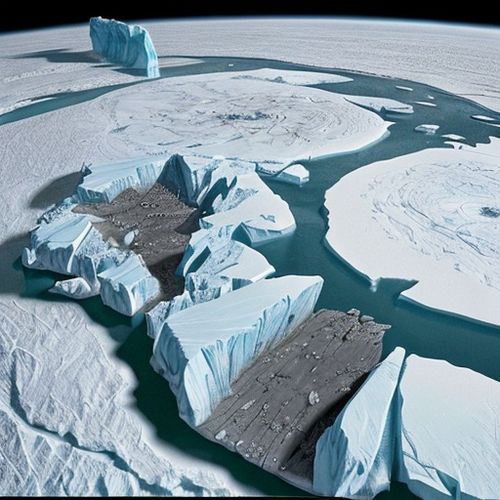
By Emily Johnson/May 8, 2025
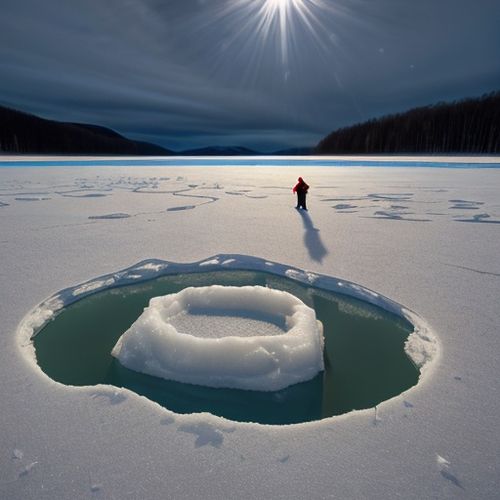
By Natalie Campbell/May 8, 2025
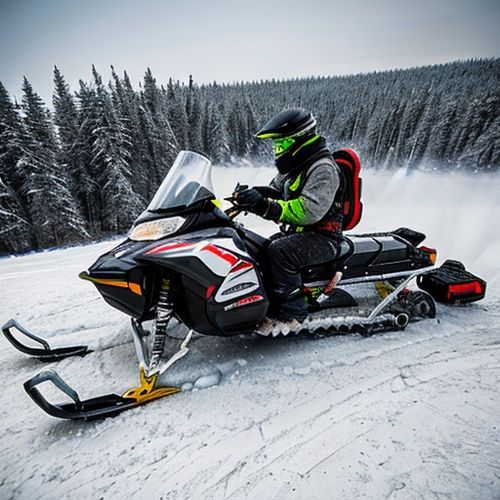
By Olivia Reed/May 8, 2025
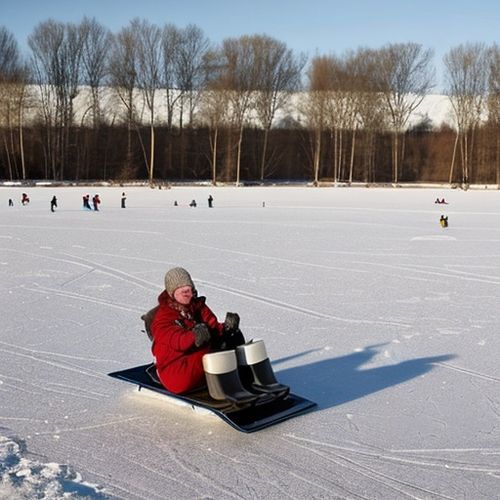
By Lily Simpson/May 8, 2025

By Olivia Reed/May 8, 2025

By Thomas Roberts/May 8, 2025

By Daniel Scott/May 8, 2025

By George Bailey/May 8, 2025

By David Anderson/May 8, 2025
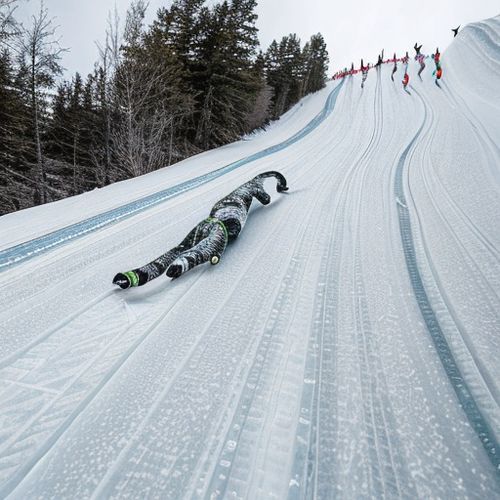
By Amanda Phillips/May 8, 2025
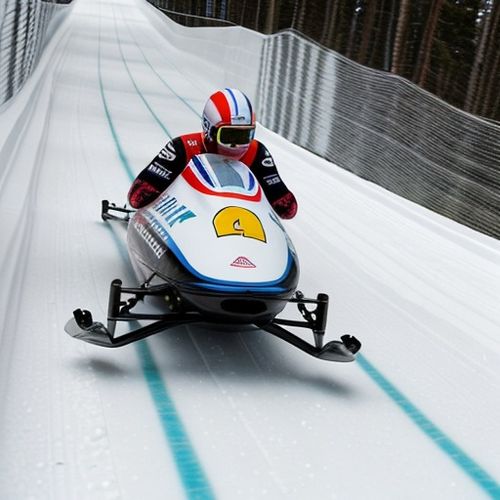
By Rebecca Stewart/May 8, 2025

By Christopher Harris/May 8, 2025

By Emily Johnson/May 8, 2025

By Christopher Harris/May 8, 2025
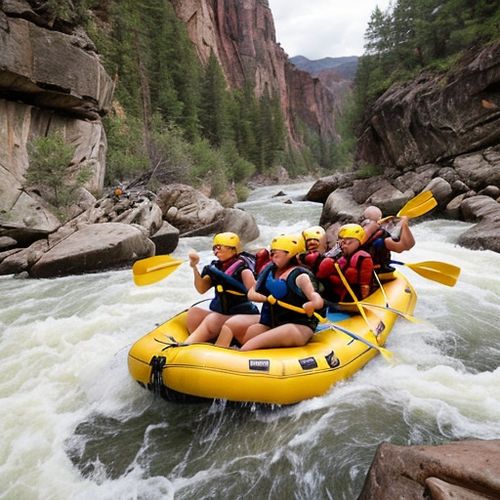
By Thomas Roberts/May 8, 2025
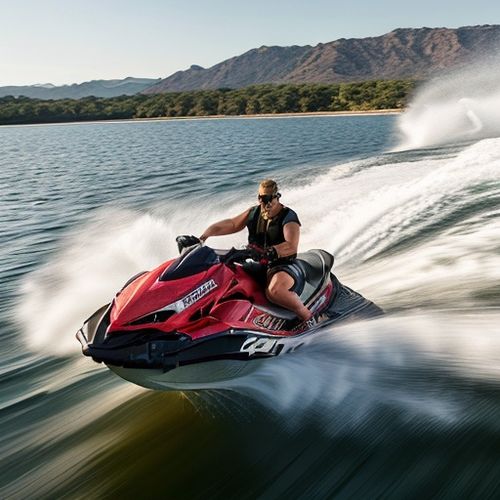
By Rebecca Stewart/May 8, 2025
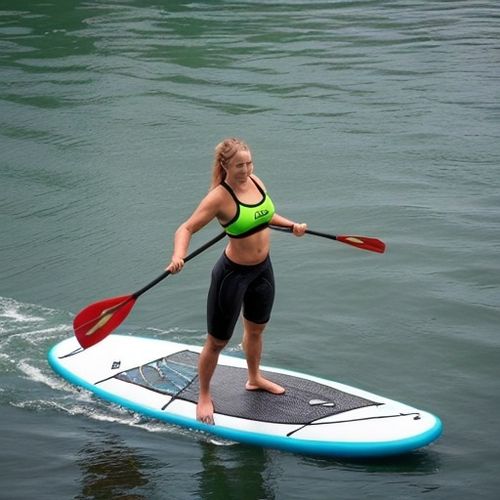
By Noah Bell/May 8, 2025
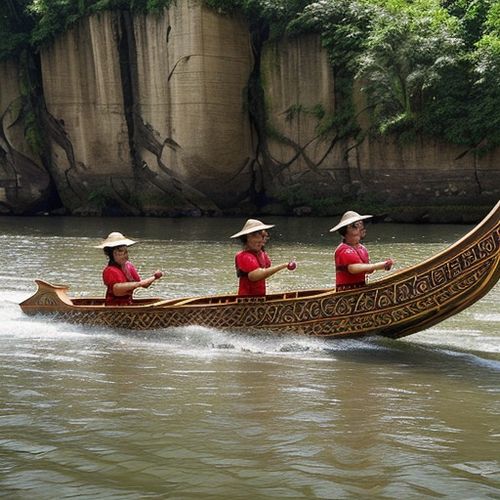
By Lily Simpson/May 8, 2025
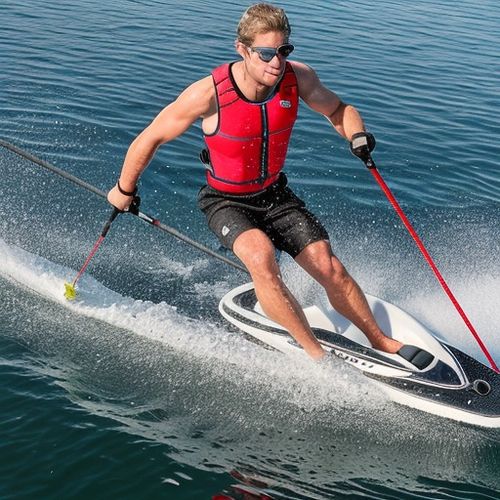
By Megan Clark/May 8, 2025
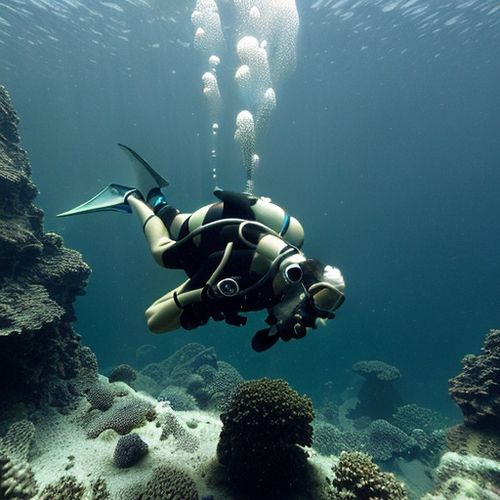
By Megan Clark/May 8, 2025